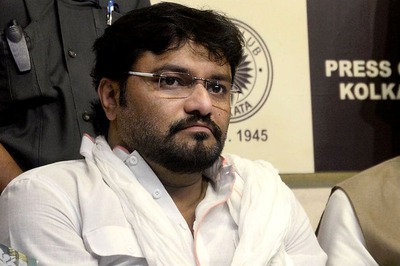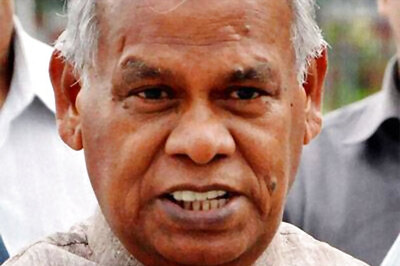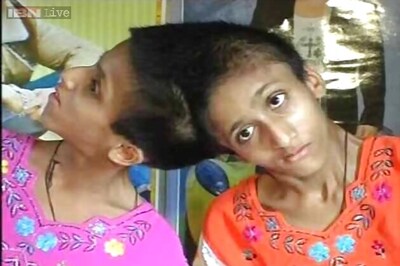
views
BANGALORE: Devamma, 40, came as a young bride to Srirampura Camp in Raichur district.And for 22 long years, she has been trudging more than a kilometre for a pot of drinking water in the harsh environment.All successive governments, with their innumerable promises, have hardly made any change in her living conditions.The story is same in all the camps across Sindhnur taluk.Sharanamma has been staying at Bellary Cross Road camp for 30 years, and she laments they have never had a drop of drinking water.Uligamma, another resident of the camp, says, “There is no tank or borewell and we even paid some money for that, but we are still awaiting this facility.”This is the predicament of 10,000 landless people of Karnataka origin in 59 camps in Sindhnur taluk.In 1956, when the Left Bank TB Canal entered this region, people from Bidar, Gulbarga, Bijapur and other districts settled there to make a living.All these years, they have been labouring on other people’s land, and 60 per cent of them do not own any land.But, settlers from West Godavari region of Andhra Pradesh, living in 55 camps, own fertile lands and pucca houses.Former MP K Virupakshappa says,”The AP settlers purchased land, built camps and later prospered, while settlers from Karnataka have remained farm labourers.” There are also four Bengali (Bangladeshi) camps comprising 16,000-18,000 people, who were settled here in 1972 by the Indira Gandhi government post- 1971 Indo-Pak War.Half of them, still without citizenship, are comparatively better off as the then government gave them five acres of land and one site to each family.Right across Sindhnur, there are 47 big camps, each with a population of 2,000- 5,000 migrants, and 12 small camps, housing 500 people each.There are over 2,000 people from other districts residing in Srirampura camp and working as farmhands.Speaking to Express, Devamma says, “I have to walk over a km for drinking water.There is only single phase power for eight hours a day and there are no borewells or tanks nearby.” The problems faced in almost all the camps here is the same: no drinking water, no sanitation and health facilities.Only one paddy crop is harvested every year, and for the second crop, they need water, as between April and June the Left Bank Canal is closed.Another major problem plaguing them is the urgent need for desilting of the Tungabhadra Dam, and the government’s inaction on this issue, apart from depleting water storage levels in these regions, has left them worried.“There is no water for the second crop.Unless the government tackles the silt problem, the left bank canal will go dry,” says Venkatrao Nadagowda.




















Comments
0 comment